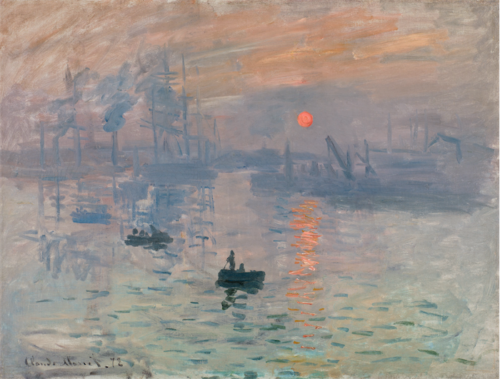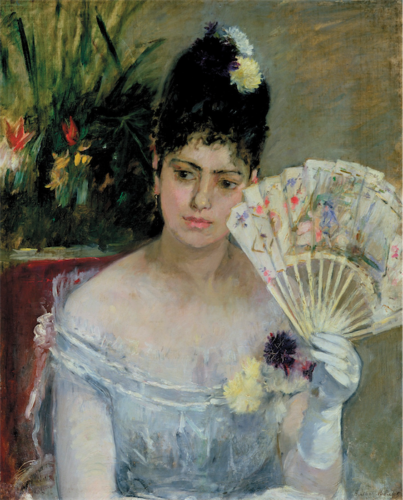
NOTHING could be better calculated to draw the crowds into the National Gallery than a major exhibition of Claude Monet’s art.
In a double-whammy, the next big show for our national collecting institution has at its centre the painting which gave its very name to the late 19th century Impressionist art movement – and it’s never been seen in the southern hemisphere before.
“Monet: Impression, Sunrise” (in French “Impression, Soleil levant”) which, after having been stolen in 1985 (it was recovered in 1990) rarely leaves the Musée Marmottan Monet in Paris, was first shown by Monet at an exhibition in Paris during April, 1874, and it is credited with inspiring the name of the Impressionist movement.

“Impression, Sunrise” was first shown in April, 1874, in Paris at an exhibition of more than 200 works by the group Painters, Sculptors, Engravers etc. Inc, which included himself, Degas, Pissarro, Renoir, Bazille and Sisley.
Monet is reputed to have said at the time: “They asked me for a title for the catalogue, it couldn’t really be taken for a view of Le Havre, and I said: ‘Put ‘Impression’.”
At the centre of the show, organised and curated by the NGA with the Musée Marmottan and Art Exhibitions Australia, are celebrated works, not least “Haystacks, Midday” and “The Pont de l’Europe, Saint-Lazare Station”.
Around half the paintings are by Monet himself, including several waterlily (Nymphéas) paintings, but they will be expanded with paintings by earlier artists such as JMW Turner and Richard Parkes Bonington, whose work influenced Monet.
According to the director of the NGA, Nick Mitzevich, whose fascination with art history is well-known: “Monet was a radical. We see him at a pivotal moment in his career, a period which redefined art”.
The works on show, he believes, “reveal the formative characteristics of Impressionism – depiction of light, purer colour and capturing the momentary view – by a new generation of artists who abandoned their studios for the world outside.
A case in point is “On the Beach at Trouville”, an everyday scene partly painted outdoors at a popular resort on the Normandy coast and probably featuring his wife Camille on the left and the wife of artist Eugene Boudin at the beach, with their parasols creating shadows. Critics have praised the bold strokes of white paint on the dresses.
The inclusion of work by Turner makes the point that Monet did not “invent” the Impressionists’ practices but rather learnt from his predecessors.

Berthe Morisot, the first woman to join the Impressionist movement, is represented in the show by “At the Ball”, 1875. Married to Manet’s brother Eugène, she knew Degas, Renoir, Monet and Pissarro and often exhibited work of her own at their exhibitions.
The inclusion of Morisot’s work is especially fascinating in light of the NGA’s announcement last month of a major new campaign to recognise and celebrate our women artists. In May 2020, the gallery will unveil a major exhibition of Australian women artists across its gallery spaces with the idea of touring it throughout Australia in 2021 and will also exclusively show only female artists in the 20th century display of Australian art from May to October next year.
Meantime, for the coming Monet exhibition, the gallery has prepared a new exhibition space for the paintings, which have been sourced from the Musée Marmottan Monet in Paris, the Tate in London, and Australian and NZ collections.
“Monet: Impression, Sunrise”, National Gallery of Australia, June 7-September 1. Book at ticketek.com.au or at the NGA.
Who can be trusted?
In a world of spin and confusion, there’s never been a more important time to support independent journalism in Canberra.
If you trust our work online and want to enforce the power of independent voices, I invite you to make a small contribution.
Every dollar of support is invested back into our journalism to help keep citynews.com.au strong and free.
Thank you,
Ian Meikle, editor




Leave a Reply